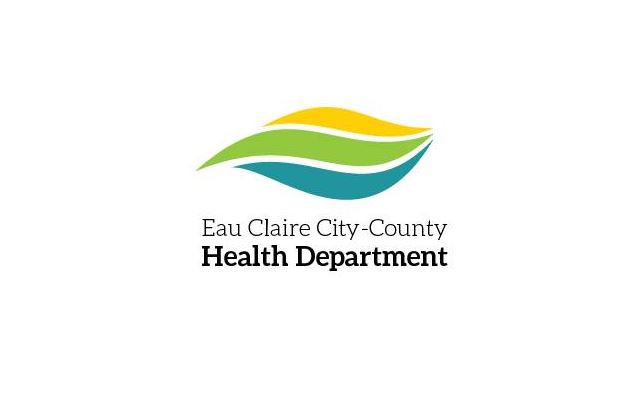Flatten the curve, slow and steady
Eau Claire confirms plateau of COVID-19 cases
Photo by Submitted
Eau Claire newsletters said the number of confirmed cases in the city have remained at 21 individuals for the past week since April 14. City residents have expressed concern with the extension of Wisconsin’s Safer-At-Home order, yet see the effects of social distancing.
As Wisconsin residents witness the effects of social distancing, government updates confirm the flattening of COVID-19 cases within cities around the state.
The Safer-At-Home order in Wisconsin, put in place by Gov. Evers on Mar. 25, has been extended until May 26.
This decision, amongst other stay-at-home orders across the nation, has gradually demonstrated its effectiveness as curves of infected individuals begin to flatten.
Statistics released by the Wisconsin Department of Health Services have displayed Safer-At-Home measures throughout the state and the gradual plateau of COVID-19 confirmed cases.
This news has been shared across a variety of platforms within the City of Eau Claire and now within the campus community.
UW-Eau Claire’s Integrated Marketing and Communications department also released information on the curve through the “COVID-19 Update” twice-weekly newsletter, which is released to students on campus.
Michael Knuth, associate director of the IMC, said the department and himself feel hope as the local area continues to adjust to the pandemic.
“I am hopeful the Chippewa Valley and the rest of the state will see fewer cases of COVID-19 in the future,” Knuth said. “Social distancing appears to help reduce the spread of the virus.”
The IMC newsletter stated the number of confirmed cases — specifically in Eau Claire — had remained at 21 individuals for the past week since April 14.
It also provided information from the Eau Claire City-County Health Department and from Elizabeth Giese, the director of the department.
“People staying at home and keeping their circle small is making a difference,” Giese said to IMC. “Staying with the Safer at Home order is what we all need to do.”
The Spectator reached out to Giese, but she was not available for comment.
Based on previous projections by the DHS, Wisconsin was expected to have over 20,000 infections by the beginning of April. This number has now decreased, according to WEAU 13 News.
“Since the Safer at Home order, there has been a decrease in exponential growth in the number of cases,” an article by WEAU said. “Wisconsin’s rate of doubling of infections was 3.4 days in early March and, over the past two weeks, the rate of doubling is now approximately 12 days.”
Knuth said communication has been vital during this pandemic crisis and explained that this was why the IMC began its own newsletter for students on campus.
“Sharing information helps people cope and understand what they can do in a difficult situation,” Knuth said. “The COVID-19 newsletter and the university webpage that highlight updates and information for faculty, staff and students were created to help the campus community stay informed.”
Knuth said there are additional resources that members of the community should access for more detailed information on the status of Eau Claire cases and its neighboring cities.
“The Eau Claire City-County Health Department and the Wisconsin Department of Health Services websites are excellent resources for those who want to find information about stopping the spread of the virus,” Knuth said.
Nelson can be reached at nelsoner1654@uwec.edu.

Evelyn Nelson is a third-year Journalism and Environment, Society and Culture student. This is her fifth semester on The Spectator. She enjoys fulfilling her dream of being a barista, at SHIFT Cyclery and Coffee Bar. Stop by for some great coffee and conversation!


